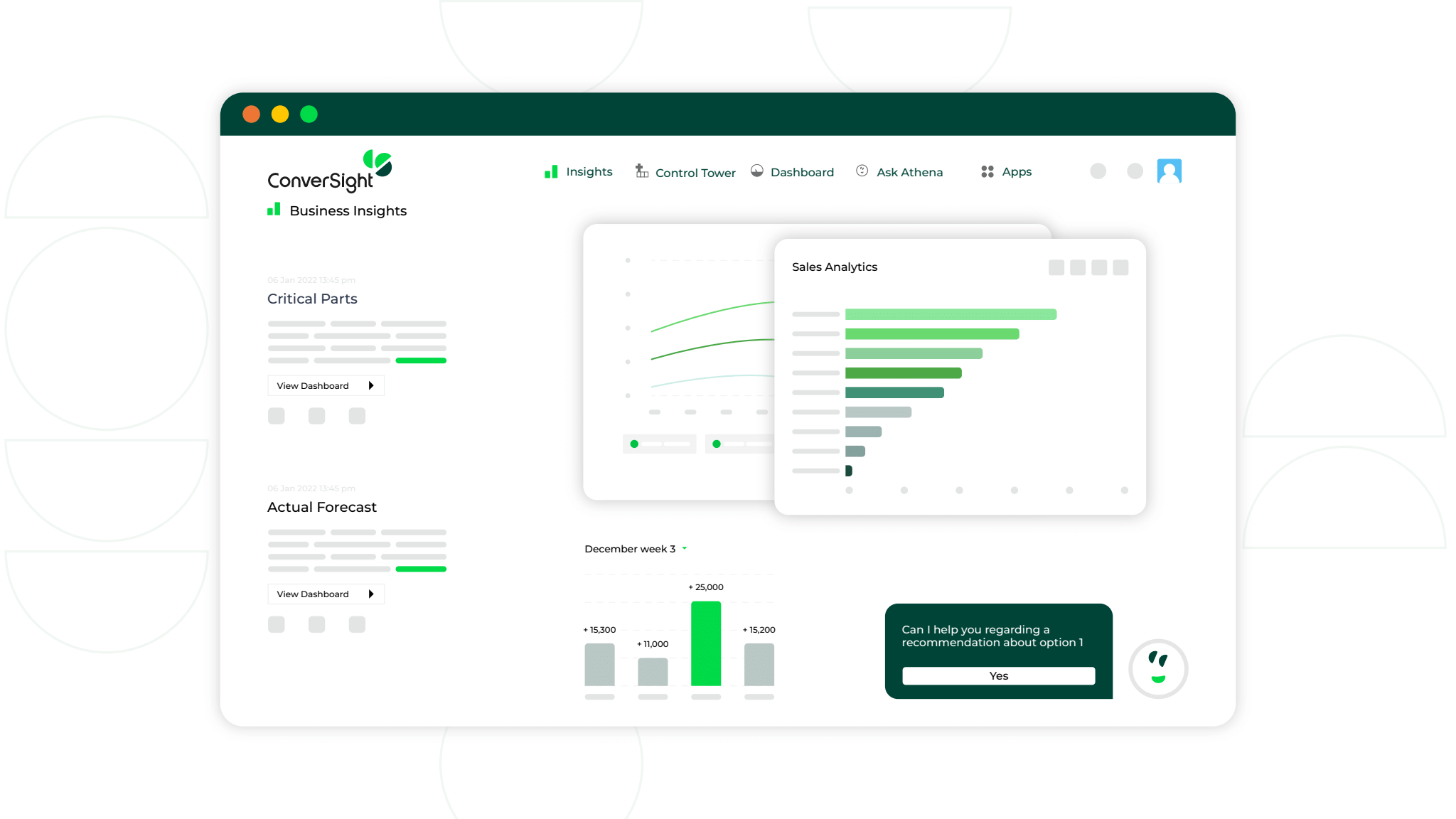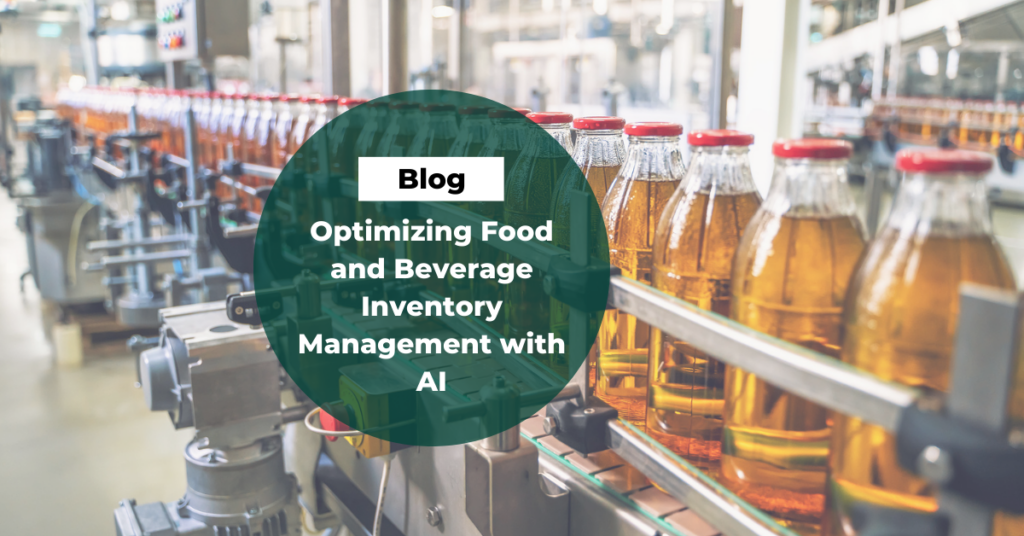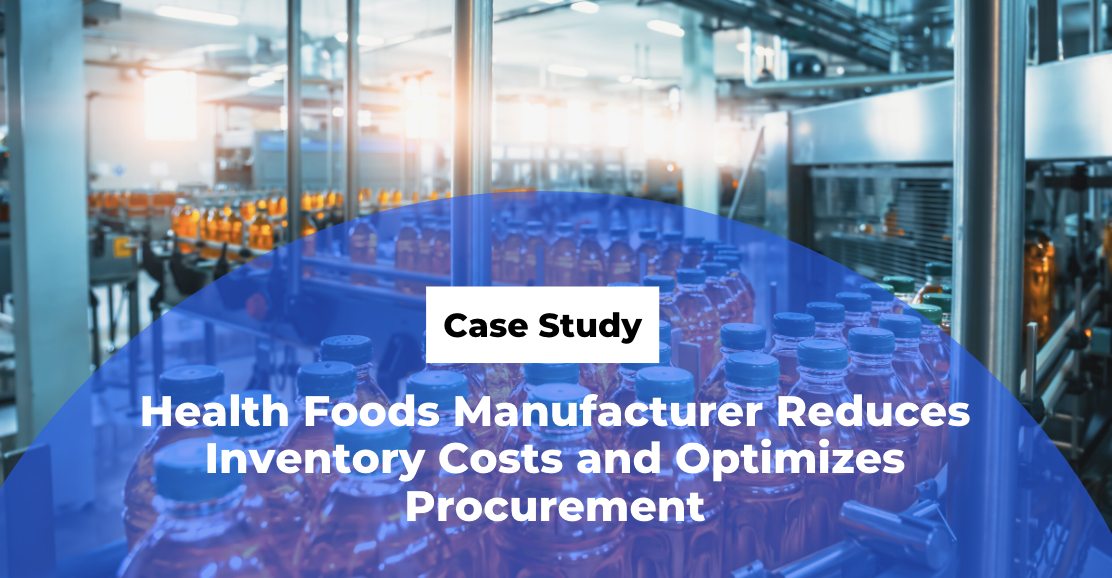
The food and beverage market size is growing, and there is no sign of it slowing down; the market is estimated to grow by USD 5.66 billion from 2021 to 2026. As companies experience this increase in growth and demand, optimizing food and beverage inventory management becomes increasingly difficult. With the power of AI and data-driven technology in the food and beverage industry, distributors can increase their revenue while improving productivity and efficiency. Mckinsey’s “State of AI” survey in 2020 reported that 22% of respondents who adopted AI saw revenue growth of more than 5%, particularly in areas such as finance and supply chain management.
There are three important ways that explain to supply chain managers can accomplish efficient food and beverage inventory management:
1. Proactive Insights
Proactive insights provide businesses with real-time data that drives proactive decision-making. Through the deployment of AI analytical solutions on top of Inventory ERP and CRM systems, sporadic sales can be reduced. As a result, cases of erosion will be avoided in supply chain management for the food and beverage industry. Proactive insights provide much efficiency when it comes to supply chain management because they provide access to accurate and actionable data. These insights help with food production inventory management. They also provide outlooks on beverage inventory management. With the power of AI, businesses in the food and beverage space are able to put their proactive insights into action leading them toward success.
2. Demand Management & Product Availability Projection
AI has the ability to quickly respond to changes in demand in the food and beverage industry, and offer solutions proactively to different users based on their roles within the organization. Supply chains are able to retain the right amount of inventory at all times, cutting down on shortages or overstock. AI employs context-based hypothesis and forecasting to deliver dynamic demand supply forecasts. Automating this process becomes even easier in the future.
The key is gaining real-time insight into fluctuating resource levels, without waiting for information or key stakeholders to make decisions.
3. Data Storytelling & Augmented Analytics
Traditional forms of data gathering have involved disparate systems of data, where even if the data is gathered correctly, forming coherent meaning or stories out of it is costly and time consuming. Businesses are starting to see clarity in their supply chains with the help of AI. This clarity provides a story about the past and future of their resources and supply lines. This allows businesses to adapt to changes in real time, and give vision to the path forward. No longer are analytics stale and context-less; augmented analytics provide a complete data story about your business and supply chain, directing actions that better supply chains for the future.
The food and beverage market’s growing speed will quicken at a CAGR of 21.93%. This growth projection is directly correlated with the increased demand for AI to improve productivity within supply chain-driven businesses. By 2030 the revenue of this industry is estimated to be worth upwards of 2.62 billion US dollars. With the food and beverage industry heading toward a future of growth, supply chains must recognize the benefits of incorporating AI into their processing plans.
Learn more about accurate distribution and demand planning for food and beverage


